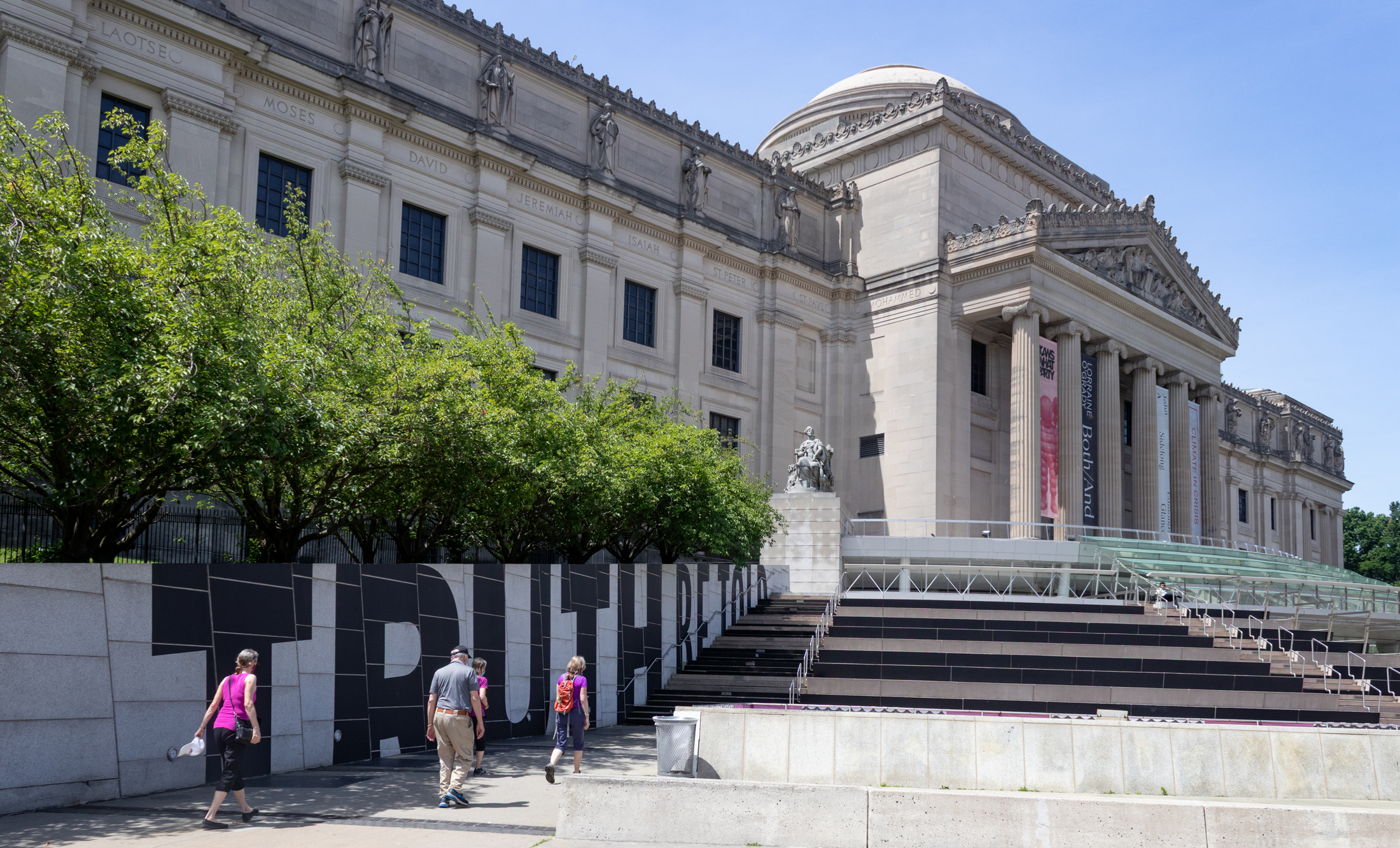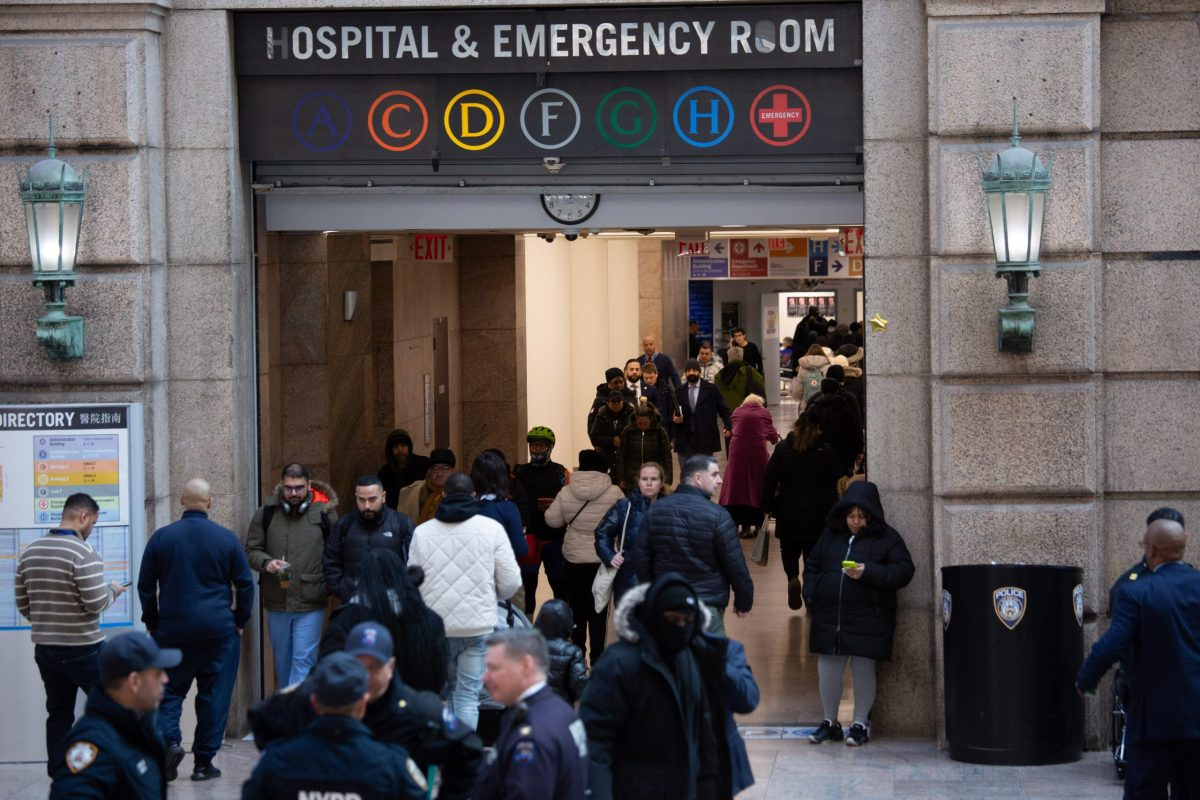Down the Drain
Famously, the City of Greater New York possesses what is known as a “combined sewer” system. We’re not unique, many of the East Coast cities of the United States manage their waste water in a similar fashion. “Combined” indicates that sanitary (toilet water, kitchen sink etc.) waste water travels underground in the same pipes that…


Famously, the City of Greater New York possesses what is known as a “combined sewer” system. We’re not unique, many of the East Coast cities of the United States manage their waste water in a similar fashion. “Combined” indicates that sanitary (toilet water, kitchen sink etc.) waste water travels underground in the same pipes that carry storm water and snow melt. In comparison, the younger cities of the West Coast – Los Angeles, for instance – have distinct infrastructure for sanitary and storm. In our case, during rain events, the combined flow often gets released into area waterways like the East River or my beloved Newtown Creek. The NYC Department of Environmental Protection – DEP – does what it can to keep that from happening, but a quarter inch of rain citywide translates into a billion gallons of water roaring around under the streets. Fixing this situation is a municipal Gordian Knot, and would involve a massive investment in infrastructure that would raise your water bills so high that you’d happily pay $5 a liter for bottled water. I’m told that DEP has a long term plan they’re working on, which will play out over several decades, to ameliorate the issue.
That’s the setting for today’s tale, wherein I’d like to point out a seldom noticed bit of street/sewer infrastructure.
More after the jump…

On certain sewer grates, you’ll notice a bas relief of a little fish accompanied by the screed “Dump no waste. Drains into area waterways.” The presence of this on a sewer grate indicates that whatever ends up in this particular pipe is not destined for treatment at one of DEP’s sewer plants. All New Yorkers presume that most everything will end up at a sewer plant, and they’d mostly be right – except for when you see “the fish.”
Instead, that cigarette butt or crumpled up piece of foil from lunch is going to go – directly – into the water.

You see these all over coastal Queens, as you’d imagine. The one pictured above, silted over by the negligent disregard of a certain concrete company nearby Maspeth Creek, is found less than fifty yards from the shoreline. These fish grates have also been personally observed in similar locations from Flushing to Rockaway. What’s strange is when you find one in upland spots, but that’s the vagaries of plumbing for you, I guess. I’ve got one a block from my house, here amongst the rolling hills of almond eyed Astoria, which I know for a fact empties into Newtown Creek’s Dutch Kills tributary in LIC.

Over in Woodside – at the corner of Roosevelt Avenue at 58th Street (which is around three miles from the East River and roughly 1.75 miles from Newtown Creek) – you’ll notice one of these “drains directly to waterway” grates. Private inquiries with highly placed members of the DEP has revealed that other drain grates may be found further upland as well. This one just strikes my fancy, however, given its proximity to the so called “geographic center” of NYC found a few blocks away at Queens Boulevard and 58th Street.

This is the Woodside and 58th Street one, which is found directly in front of the fast food restaurant in the previous shot. One speculates how many billions of cigarette butts, used ketchup packets, and assorted urban refuse have found their way into this street grate over the hundred or so years it’s been in operation.
Give a hoot, Queensicans, and don’t pollute if at all possible not to. Remember Woodsie the Owl? Think Woodsie when in Woodside, I always say.
Newtown Creek Alliance Historian Mitch Waxman lives in Astoria and blogs at Newtown Pentacle.





What's Your Take? Leave a Comment